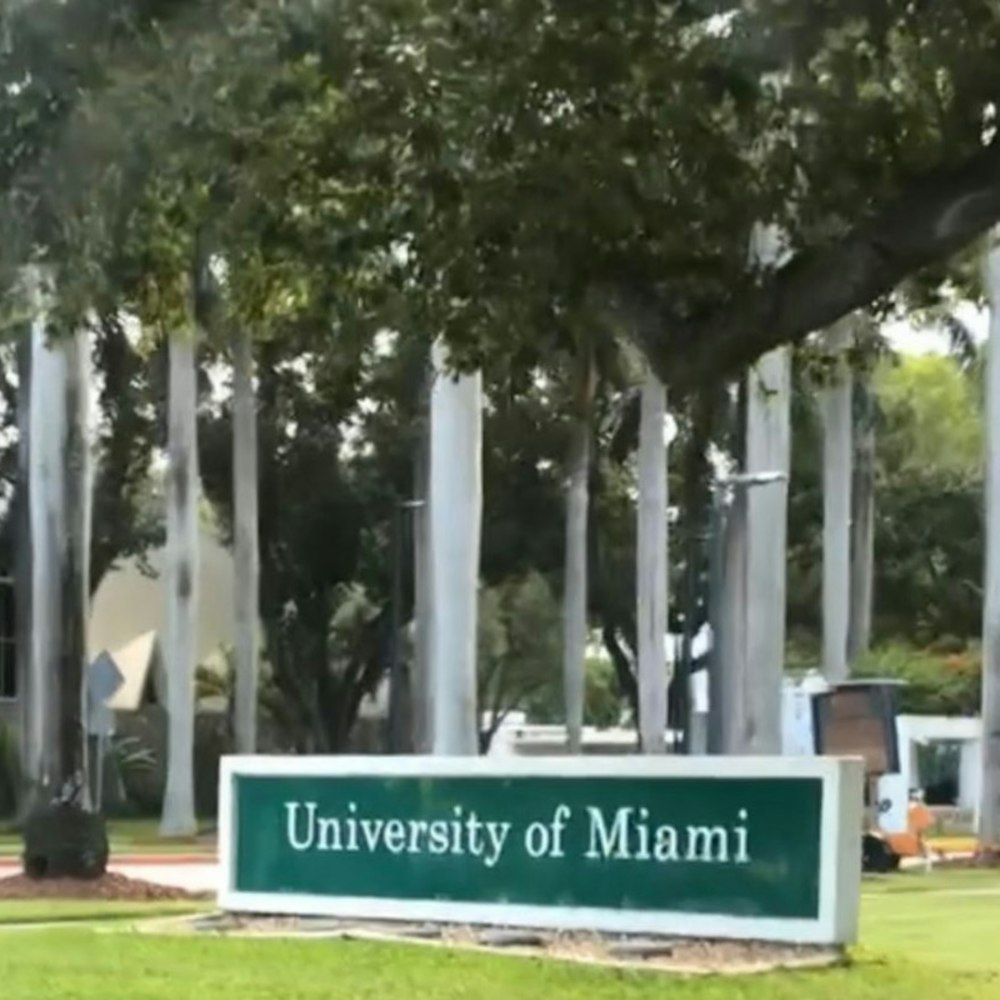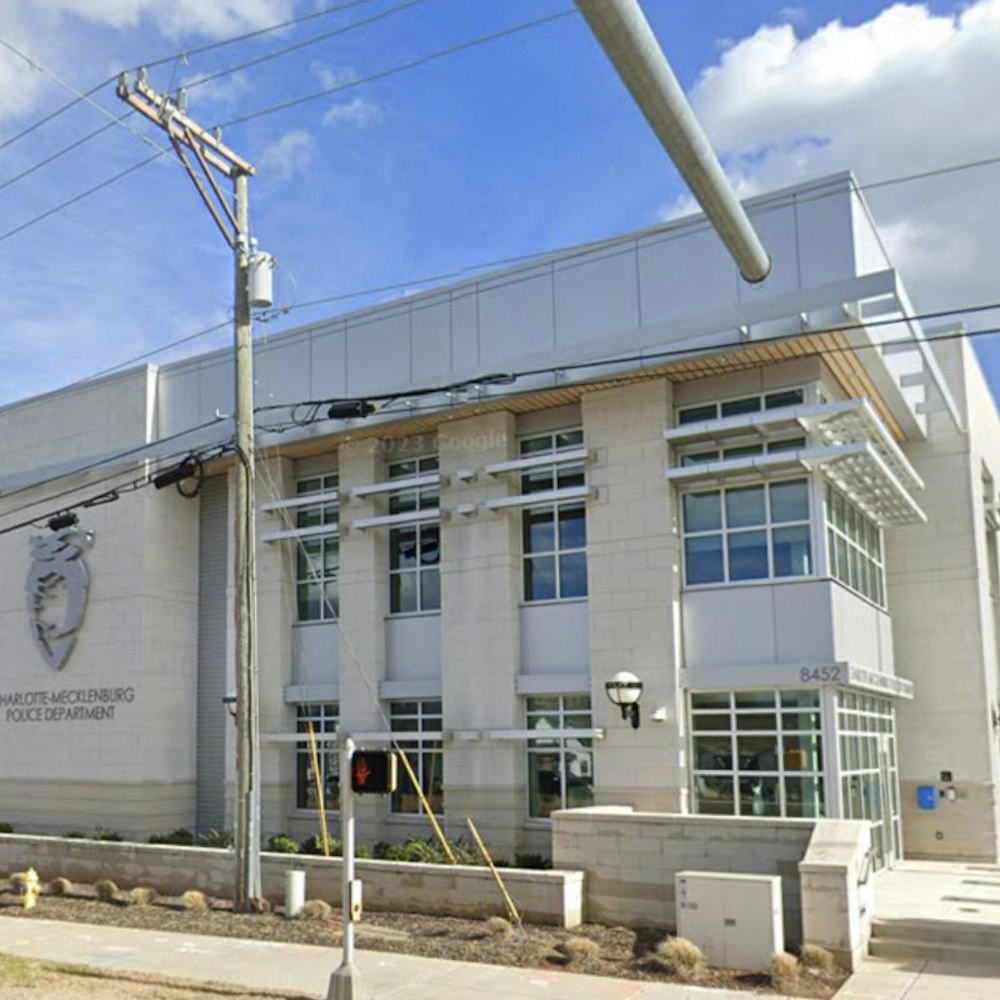
In an age where artificial intelligence (AI) is increasingly becoming indispensable in various industries, a latest development at MIT showcases the cutting-edge convergence between AI and pharmaceutical research. MIT researchers have crafted an algorithm designed to identify the most promising molecular candidates for new medicines, effectively streamlining the drug discovery process. This tool, named the Synthesis Planning and Rewards-based Route Optimization Workflow (SPARROW), leverages AI to navigate through the complex landscape of variables that often impedes the development of new medications, according to a report by MIT News.
One might say that the challenge of selecting optimal compounds for drug development has been a sophisticated dance, requiring precise steps that account for the cost of materials and the potential for unsuccessful outcomes. Making this dance even more intricate is SPARROW's ability to consider shared intermediary compounds in batch synthesis. As explained in the MIT News report, Connor Coley, the paper's senior author, emphasizes the algorithm's potential, stating, "We can and should be using that information to guide the decisions we make."
The innovation presented by SPARROW is its comprehensive approach, which integrates molecular design, property prediction, and synthesis planning. It pulls from various sources—including human-designed structures, virtual catalogs, and AI-generated molecules—placing all candidates on a "level playing field," as Coley articulated to MIT News. This versatile framework ensures that the selected molecules are not only poised for success in terms of desired properties but also synthesized cost-effectively.
Designed to account for the nuanced factors involved in drug discovery, SPARROW assesses each molecule against a cost-versus-value function. Jenna Fromer, the paper's lead author, explained to MIT News that this function incorporates the initial cost of materials, the number of necessary reactions, and the likelihood of success. The algorithm's real-world application was evaluated through case studies, demonstrating its effectiveness in scaling to handle hundreds of molecular candidates and identifying cost-efficient synthesis plans.
With continued development, the SPARROW framework promises a smarter, more systematic method for drug discovery, by not only accelerating the process but also potentially reducing prescription drug prices—a boon for both the pharmaceutical industry and consumers. Experts outside of the study, like Patrick Riley and John Chodera, recognized the value of SPARROW in relieving the workload of medicinal chemists and contributing to more autonomous drug discovery methods. As noted by MIT News, this research also received support from entities such as DARPA, the Office of Naval Research, and the National Science Foundation, highlighting the broader interest and advancements in AI applications across disciplines.
-1.webp?w=1000&h=1000&fit=crop&crop:edges)








